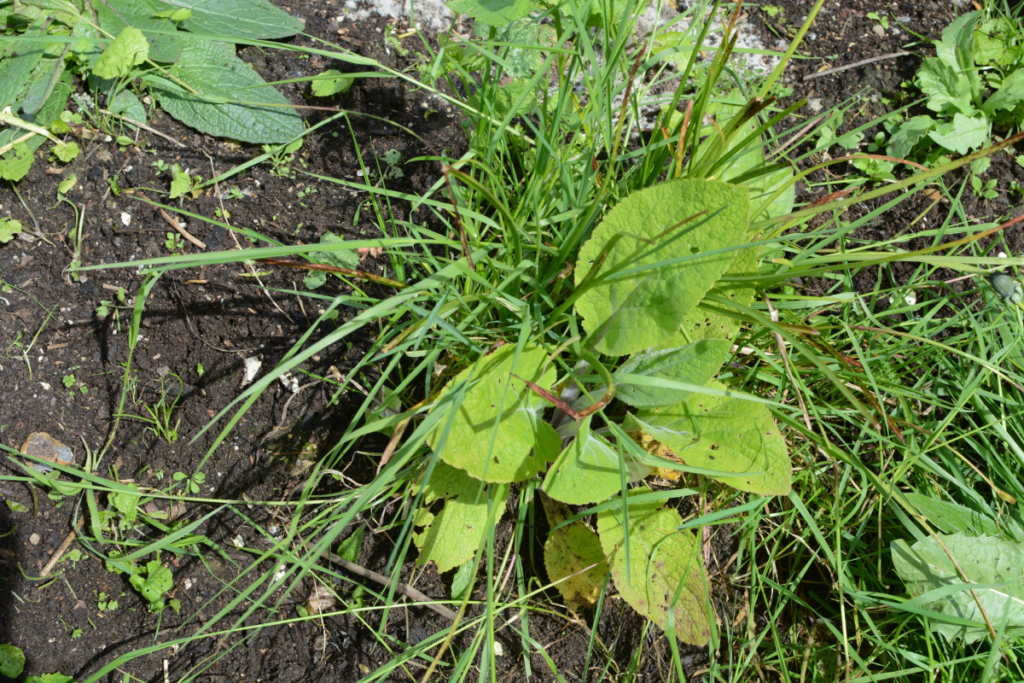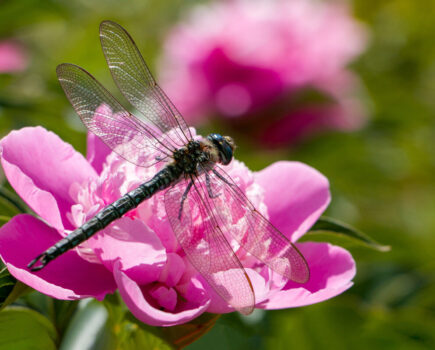Ruth ‘cleanses’ a weed-infested dwarf red hot poker
While we all set time aside for the ‘big’ gardening tasks such as planting, pruning, mowing and harvesting, it’s the little everyday tasks that combine to create the glorious whole that is our entire plot. I try to do a spot of weeding every day, even if it’s simply pulling a few unwanted seedlings out of the raised beds as I pass. But sometimes a more thorough approach is needed if a precious plant is to survive.
A dwarf red hot poker (Kniphofia pauciflora) at the front of one of the beds had become engulfed by couch grass, weeds and a self-seeded foxglove seedling. The rogue plants had inveigled their way into the rootball of the poker and try as I might I was unable to fork them out. The only solution was to lift the whole plant and do it by hand.

It is a relatively easy task, but it does need a bit of fine finger-work to protect the plant’s roots and keep top growth intact. In this instance, I was pleased to see that the Kniphofia had a healthy rootball, and it was relatively easy to work my fingertips in among it to tease out the roots of the couch grass. The young foxglove also came away easily and I replanted it in a shady area where, being a biennial, it will hopefully flower next year.
Kniphofias are attractive plants with a long flowering season. Native to South Africa, their spires of fiery blooms are a stunning addition to ‘hot’ borders alongside plants of a similar hue and prairie gardens where their strappy leaves accentuate ornamental grasses and their flowers work well with echinacea, rudbeckia and Verbena bonariensis.
They also thrive in coastal gardens and look cool and elegant in gravel gardens.
Kniphofias like a sunny site that is sheltered, with free-draining soil. After flowering, cut stems right back and mulch the root area well in winter. In spring, remove old, tattered foliage to make room for new growth and divide plants if they have grown too large for their spot or are starting to flower less.
Saving a plant
Removing weeds and replanting

1. Lift the plant from the bed, keeping soil around the roots.

2. Carefully tease all the weeds and their roots from the perennial’s rootball.

3. Once they have been separated, replant the clean perennial at the same depth as before, firming down the soil.

4. Water well and add mulch. Keep an eye out for any missed weeds and remove as soon as you see them.
Find more tips, advice and articles like this at the Amateur Gardening website. Subscribe to Amateur Gardening magazine now.





